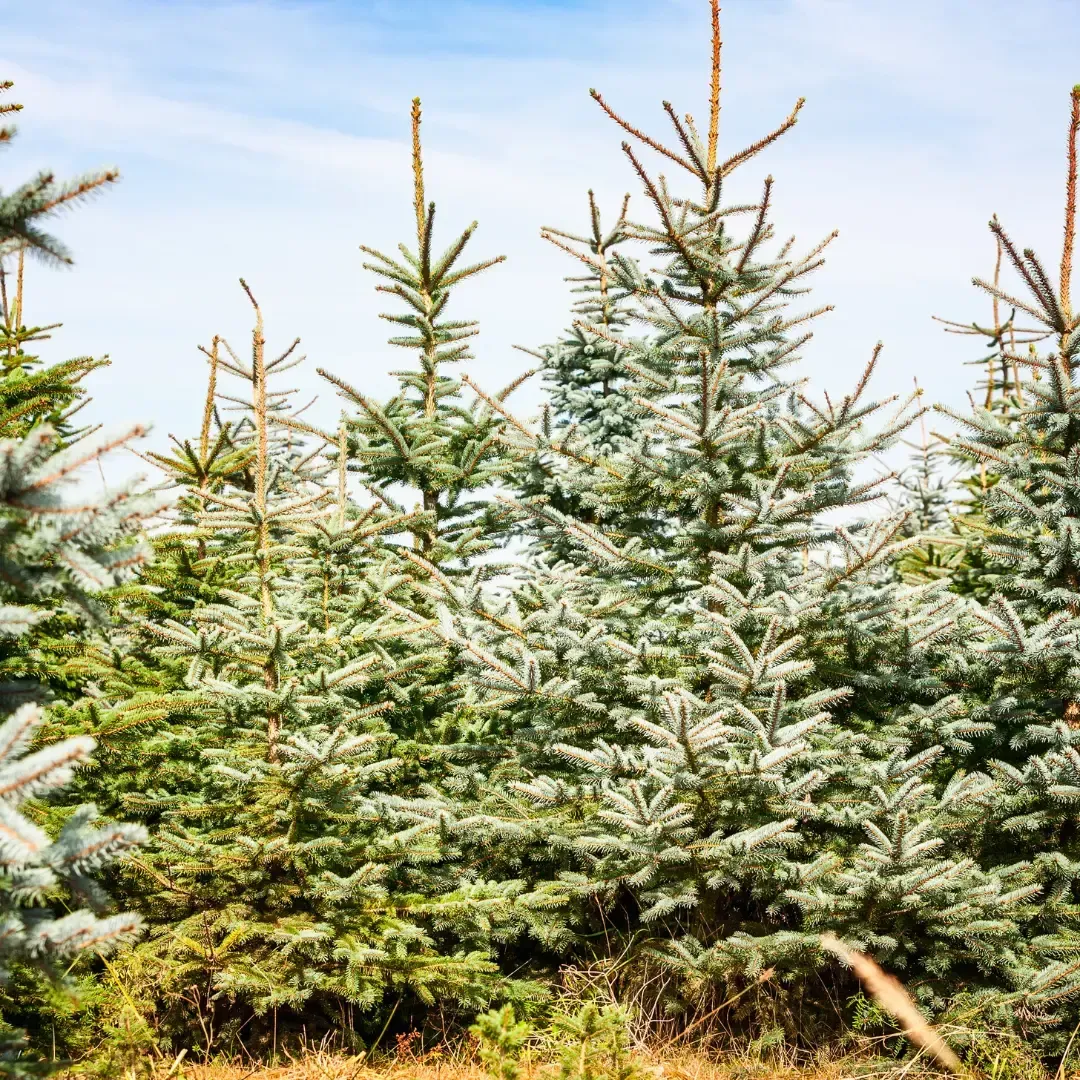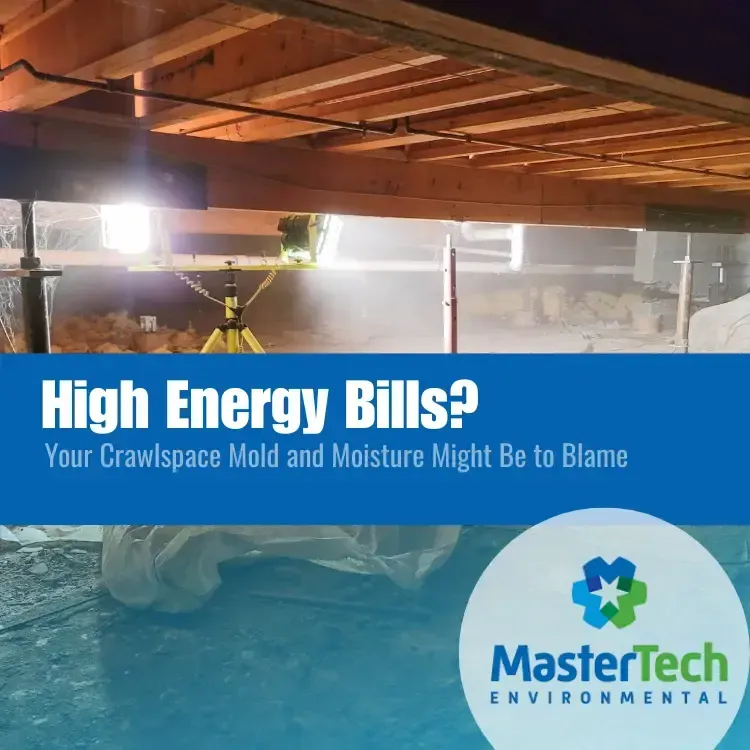Can My Christmas Tree Have Mold?

In the coastal charm of Myrtle Beach, the tradition of bringing a real Christmas tree into the home remains a beloved part of the holiday season. Here, selecting a tree is often a family affair, with many residents visiting local tree farms or markets to find that perfect pine or fir. The appeal of a real tree in Myrtle Beach homes is understated yet deeply felt. It's not just about the aesthetic of having a beautifully decorated tree; it's about the sense of homeliness and tradition it brings.
The subtle scent of fresh pine needles, gently reminding me of the natural beauty surrounding this seaside town, adds a layer of coziness to the festive decor. In Myrtle Beach, where the holiday season is as much about community as it is about celebration, a real Christmas tree echoes a connection to the local environment and traditions, making the holidays feel even more special.
Although magic and wonder are found in a Christmas tree, people must also remember several problems. The five most common issues a homeowner faces while having a Christmas tree are as follows:
- Needle Drop: One of the primary problems with real Christmas trees is the shedding of needles. This can be messy, requiring frequent cleaning around the tree area. The fallen needles can get stuck in carpets or crevices on the floor, making them difficult to clean up.
- Fire Hazard: A significant concern is the fire hazard posed by a real Christmas tree, especially if it dries out. A dry tree can easily catch fire from nearby heat sources, such as holiday lights, candles, fireplaces, or electrical malfunctions.
- Allergies and Mold: Real Christmas trees can sometimes exacerbate allergies. They can carry mold spores, which, when brought indoors, can affect individuals sensitive to mold. Additionally, while pleasant to many, the natural scent of pine can trigger allergic reactions in some people.
- Pests: Real trees can sometimes bring unwanted guests like insects or spiders. While most tree farms take measures to minimize this issue, there's always a possibility of finding bugs hidden in the branches.
- Space and Weight: Real trees, especially larger ones, can be pretty heavy to set up. They also require a lot of space, not just for the tree itself but also for the dropped needles and watering apparatus.
Christmas Trees and Mold in Myrtle Beach
Another less common problem with Christmas trees is that they can harbor mold, which causes health issues. We deck the halls with the festive charm of real Christmas trees. However, an often-overlooked aspect of this holiday tradition is the presence of mold, which can affect indoor air quality and health. Though a symbol of holiday cheer, the quintessential pine, spruce, or fir can harbor mold spores that thrive in warm indoor environments. Surprisingly, the mold levels can significantly increase two weeks after the tree is brought inside, posing risks to those with allergies, asthma, or sensitivity to mold.
These mold spores, invisible to the naked eye, can trigger symptoms like sneezing, coughing, watery eyes, fatigue, and even skin rashes. For individuals with asthma or a mold allergy, the effects can be severe, potentially leading to respiratory distress. The mold issue primarily stems from the tree's natural habitat, where mold growth is common and often proliferates under a home's warm indoor conditions.
How Does a Christmas Tree Get Mold?
Christmas trees can develop mold through a process that begins in their natural growing environment and continues when brought into homes.
- Natural Habitat and Harvesting: Christmas trees, such as pines, firs, and spruces, grow in outdoor environments where mold spores are naturally present. These trees live in and adapt to environments that are often damp and cool, which are ideal conditions for mold growth. During their growth in forests or tree farms, the trees are exposed to various mold spores in the soil, air, and on other plants.
- Collection of Spores: As these trees grow, their bark, branches, and needles can collect mold spores. The spores cling to the tree's surfaces, especially in the nooks and crannies of the bark and deep within the branches. The trees don't show visible signs of mold growth at this stage because the outdoor conditions, such as wind and sunlight, naturally keep the mold spores from increasing excessively.
- Transportation and Storage: After harvesting the trees, they are often transported and stored before being sold. During transportation and storage, the trees can be exposed to additional mold spores, especially if kept in closed, damp environments with limited air circulation. This stage can amplify the number of mold spores on the tree.
- Indoor Environment: Once a Christmas tree is brought indoors, it is placed in a warm, stable environment, often with higher indoor humidity during the winter months. This shift in environment can create ideal conditions for mold spores to activate and grow. The warmth of the home, combined with potential moisture from watering the tree, provides a perfect breeding ground for mold.
- Mold Growth and Proliferation: In the indoor environment, the dormant mold spores grow and multiply. The tree acts as a natural host for the mold, and as the tree remains inside over the days or weeks of the holiday season, mold spore levels can increase significantly. The mold is often not visible to the naked eye but can release spores into the air, contributing to indoor air quality issues.
- Examples and Types of Mold: Research has shown that various molds can grow on Christmas trees. For instance, mold species such as Alternaria, Aspergillus, Cladosporium, and Penicillium are commonly found. These molds can cause allergic reactions or respiratory problems in sensitive individuals. One study reported that mold spore levels on indoor Christmas trees rose more than fivefold during the two weeks associated with the holidays.
To manage mold growth on Christmas trees, it's advised to limit the time the tree spends indoors, use air purifiers to reduce spore counts in the air, and consider washing the tree before bringing it indoors. Additionally, shaking the tree outdoors before setting it up can help dislodge some collected spores.
Mold in Your Tree? Don't Panic
If you discover that your Christmas tree has mold, it's essential to mitigate the risks and ensure safety, especially for those with mold allergies or respiratory issues. Here are the recommended steps.
- Isolate the Tree: If possible, move the tree to an isolated area, such as a garage or covered outdoor space, while you decide on further action. This prevents the spread of mold spores in your home.
- Wear Protective Gear: Wear protective gear such as gloves and a mask if handling the tree.
- Use Air Purifiers: Consider using air purifiers with HEPA filters in your home, especially in the room where the tree is or was located. These can help capture mold spores from the air.
- Consult Professionals: If you have a severe mold issue, consult a professional for advice on mold remediation.
- Remove the Tree: If the mold problem is significant, removing the tree from your home is the safest action. Do this carefully to prevent spreading spores throughout your house.
- Clean Thoroughly After Removal: After removing the tree, clean the area where it was placed. Wipe down surfaces and vacuum to remove fallen needles and mold spores.
- Check HVAC Systems: If you have central heating and cooling, consider checking and replacing filters, as mold spores can circulate through these systems.
- Monitor Health: If you or your family members experience allergic reactions or respiratory issues, consult a healthcare provider. Be aware of symptoms like coughing, sneezing, itchy eyes, or difficulty breathing.
- Dispose of the Tree Properly: Follow local guidelines for disposing of your Christmas tree. Avoid leaving it inside or near your home to prevent further mold spread.
Remember, while a real Christmas tree can be a beautiful part of holiday traditions, health and safety should always come first. If mold presence is causing health concerns, address the issue promptly.



